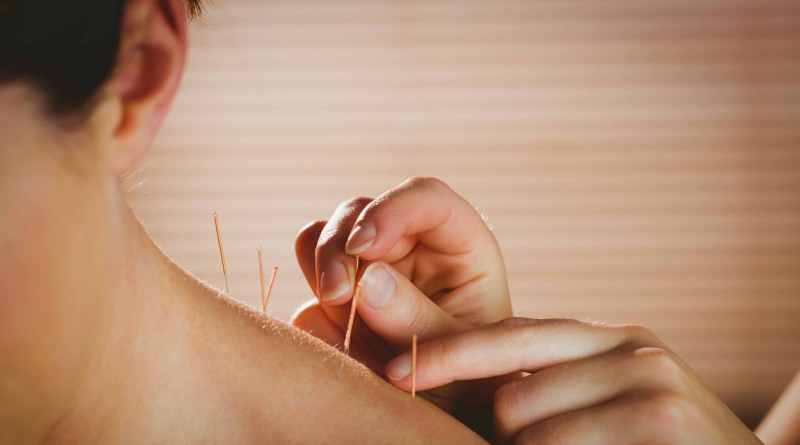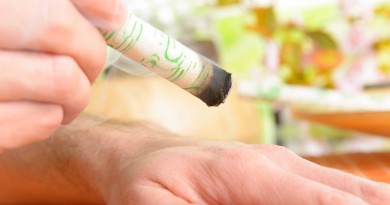Acupuncture: When the needles solve ailments
Acupuncture has millions of followers around the world and and there are reasons to believe that it is worth trying this ancient therapy.
When you have a pain or a certain disease, perhaps a cure may come from laying in a gurney and let an expert you stick a few thin needles on strategic points. An hour later, you will be as good as new. Sounds like science fiction but it’s not: it’s called acupuncture.
We know that this concept doesn’t seem exactly trustworthy, but the truth is that since 1979, the World Health Organization (WHO) assumes that acupuncture can have very positive effects in the treatment of diseases. This was, in fact, a paradigm shift: until then, this ancient Asian therapy was not recognized, but with the publication of a study by WHO, we learn that at least 41 diseases had decreased after the application of this therapy.
Among them there were different conditions such as neck pain, sciatica, back pain, rheumatoid arthritis, psoriasis, cold and flu, bronchitis, asthma, hypertension, constipation, ulcer, gastritis, renal colic, diabetes and many more.
Reportedly, this therapeutic practice dates back to Chinese prehistory, although this is not certain. The most detailed studies put their origin in 500 BC. As Marco Polo, took note in his travel to the Asian continent during the 13th century, he had contact with the therapy as soon as he arrived in China. At that time, Korea and Japan were already adept of the practice. Throughout the Renaissance, acupuncture came to the Old Continent, but only from the 20th century it became famous, even reaching the United States.
Still, it is important to emphasize that this is not a practice that everyone believe in the effectiveness Over the past few decades, many researches have been done that seem to demystify the supposed effectiveness of acupuncture. Anyway, it’s true that there are 28 European countries with regulation and legislation for the practice of acupuncture.





